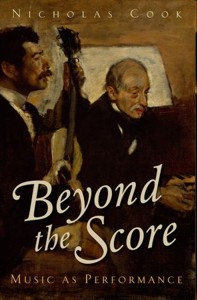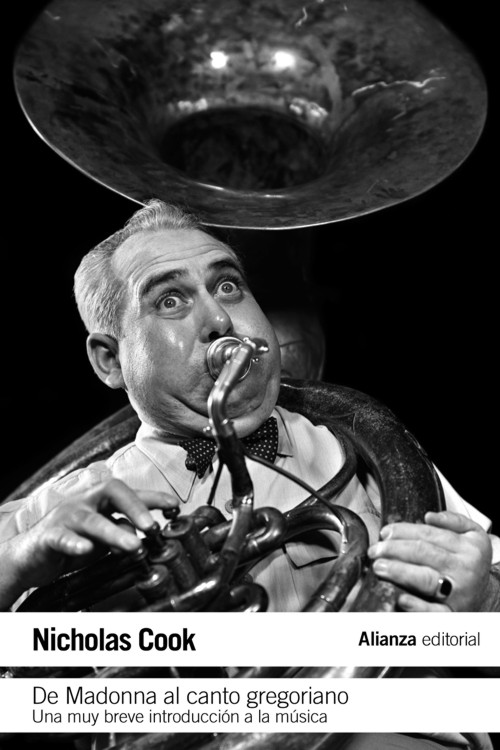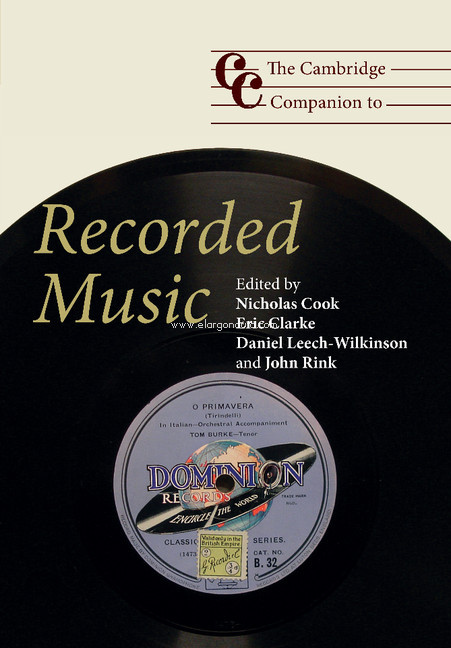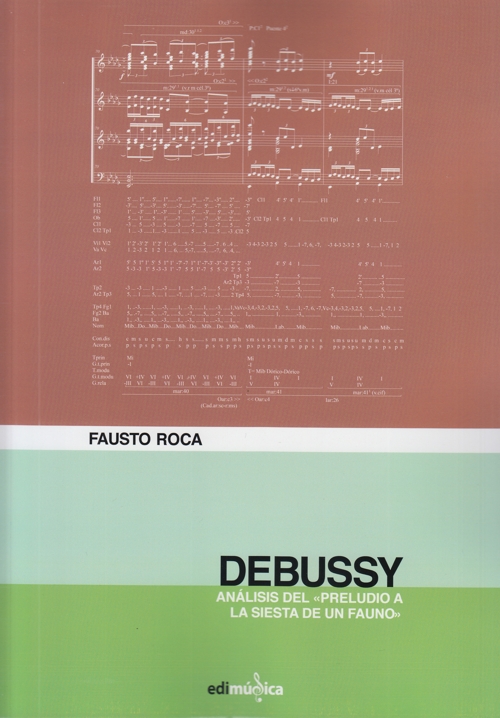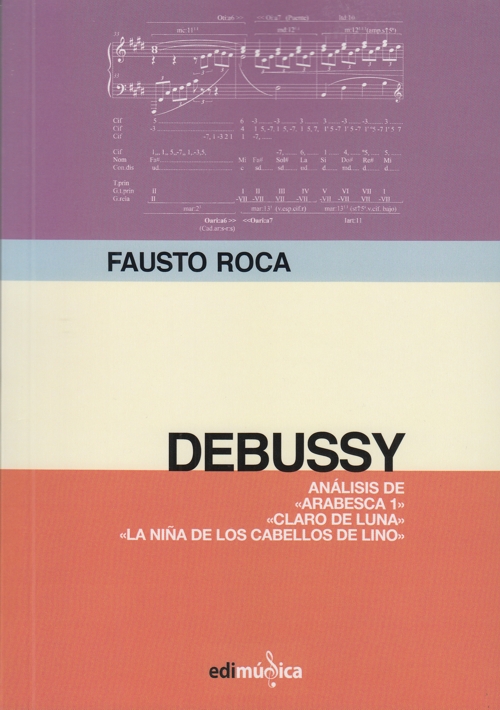
A Guide to Musical Analysis
Cook, Nicholas
Oxford University Press. 1994Ficha técnica
- EAN: 9780198165088
- ISBN: 978-0-19-816508-8
- Editorial: Oxford University Press
- Fecha de edición: 1994
- Encuadernación: Rústica
- Dimensiones: 13,5x21,5
- Idioma: Inglés
- Nº páginas: 376
Impresión bajo demanda
Disponibilidad sujeta a la información del editor¡GASTOS DE ENVÍO GRATIS!
PVP. 70,60€
Añadir a la Lista de deseos
This extremely practical introduction to musical analysis explores the factors that give unity and coherence to musical masterpieces. Having first identified and explained the most important analytical methods, Nicholas Cook examines given compositions from the last two hundred years to show how different analytical procedures suit different types of music.
Readership: Teachers, students of music at university level.
CONTENIDO
Introduction
Part One: Analytical methods
1. Traditional methods of analysis
2. Schenkerian analysis
3. Psychological approaches to analysis
-What is meant by a psychological approach?; Leonard Meyer; Rudolph Reti
4. Formal approaches to analysis
-What is meant by a "formal approach"?; set-theoretical analysis; semiotic analysis
5. Techniques of comparative analysis
6. What does musical analysis tell us?
Part Two: Worked examples of analysis
7. Starting an analysis
-Schumann, "Auf einer Burg" (from "Liederkreis")
-Canticle: Song of Simeon
-Britten: "Pan" (from "Six Metamorphoses after Ovid")
8. Analyzing music in sonata form
-Beethoven, Piano Sonata op. 49 no. 2 (first movement)
-Beethoven, String Quartet op. 18 no. 2 (first movement)
-Beethoven, Symphony no. 5 (first movement)
-Berlioz, "Symphonie Fantastique" (first movement)
9. Analyzing serial music
-Webern, Piano piece, op. posth.
-Webern, Piano Variations (first movement)
-Stravinsky, "Movements" for piano and orchestra, no. 4
-Schoenberg, Piano piece, op. 33a
10. Some problem pieces
-Chopin, "Polonaise-Fantaisie"
-Schoenberg, "Six Little Piano Pieces" op. 19 no. 3
-Stockhausen, "Klavierstück III"
-Stockhausen, "Stimmung"
Suggestions for further reading
Index


